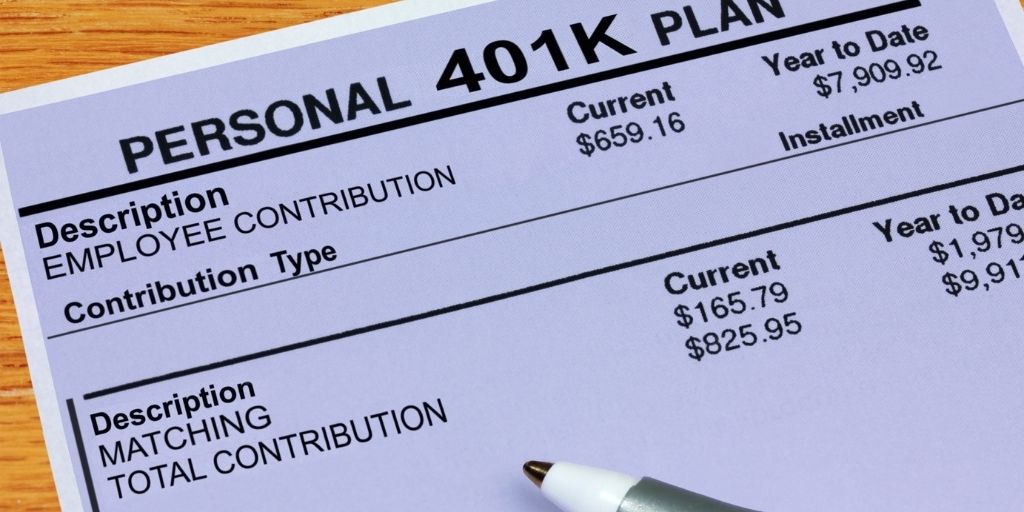5 Important Steps to Managing Your 401(k)


Saving independently for retirement is a great way to help ensure that you have enough money to cover your living expenses as a senior. While Social Security may provide you with a nice chunk of cash, it generally isn’t enough to live on in the absence of other income.
If you have a 401(k) plan, funding that account could be your ticket to the comfortable retirement you’ve always wanted. But it’s also important to manage that account wisely. Here’s a guide to doing just that.
Step 1: Learn what your employer match entails
Many companies that offer 401(k) plans also match worker contributions to some degree. Your employer may, for example, match the amount you put in up to 5% of your salary, so if you earn $50,000 a year and put in 5% (or $2,500), you’ll get a free $2,500 in return. Make sure you know what your match looks like so you’re able to capitalize on it in full.
Step 2: Figure out your maximum allowable annual contribution
Annual contribution limits for 401(k)s aren’t set in stone. Rather, they can change from year to year (though sometimes, the same limits stay in place from one year to the next). It’s important to know how much money you’re allowed to contribute to your retirement savings on an annual basis.
Right now, if you’re under 50, you can max out your 401(k) plan at $19,500. If you’re 50 or older, you can make a catch-up contribution of up to $6,500, bringing your total allowable contribution for the year to $26,000. Keep in mind that any matching dollars you get from your employer don’t count toward that annual maximum.
Step 3: Determine how much you can afford to contribute
You may be allowed to contribute up to $19,500 or $26,000 to your 401(k), but that doesn’t mean you can swing that amount given your income and living expenses. Many people can’t max out a 401(k), so rather than stress over that, crunch some numbers to see what you can afford. And if you’re not happy with that number, you can look at cutting back on some existing expenses to free up more cash for your retirement plan.
Step 4: Make sure your investments are set up appropriately
The money you put into your 401(k) shouldn’t just sit in cash. Rather, invest it so it grows into a larger sum over time.
A good bet, if you’re years away from retirement, is to put most of your money into 401(k) funds that are loaded with stocks, as opposed to bonds. Bonds may be a more stable investment, but they usually generate a lot less growth over time than stocks.
Keep in mind that 401(k)s generally don’t let you buy individual stocks, so you’ll need to select a fund with a stock-focused portfolio.
Step 5: Pay attention to fees
Your 401(k) plan might offer anywhere from a dozen to several dozen different funds to choose from. But not all funds are created equal.
Actively managed mutual funds — which employ actual fund managers to select the stocks they invest in — tend to charge high fees, known as expense ratios, that can eat away at your 401(k)’s returns. On the other hand, index funds, which are passively managed, tend to charge much lower fees.
This isn’t to say that actively managed funds are never worth the higher fees — in some cases, they might be. But it’s a good idea to, at the very least, be aware of what you’re paying and make sure those higher fees are worth it. But if you see that an actively managed fund has a comparable performance history to a much cheaper index fund, then you may want to go with the latter.
Saving money in a 401(k) could set you up for a financially secure retirement. Do a good job of managing that account, and you’ll be even more likely to meet your financial goals.
Enjoy this complimentary download from Gregory Ricks
5 Things To Do with Your Old 401k (Facebook)
The Motley Fool has a disclosure policy.
The $16,728 Social Security bonus most retirees completely overlook
If you’re like most Americans, you’re a few years (or more) behind on your retirement savings. But a handful of little-known “Social Security secrets” could help ensure a boost in your retirement income. For example: one easy trick could pay you as much as $16,728 more… each year! Once you learn how to maximize your Social Security benefits, we think you could retire confidently with the peace of mind we’re all after.
source article: https://www.fool.com/retirement/2021/06/30/5-important-steps-to-managing-your-401k/
